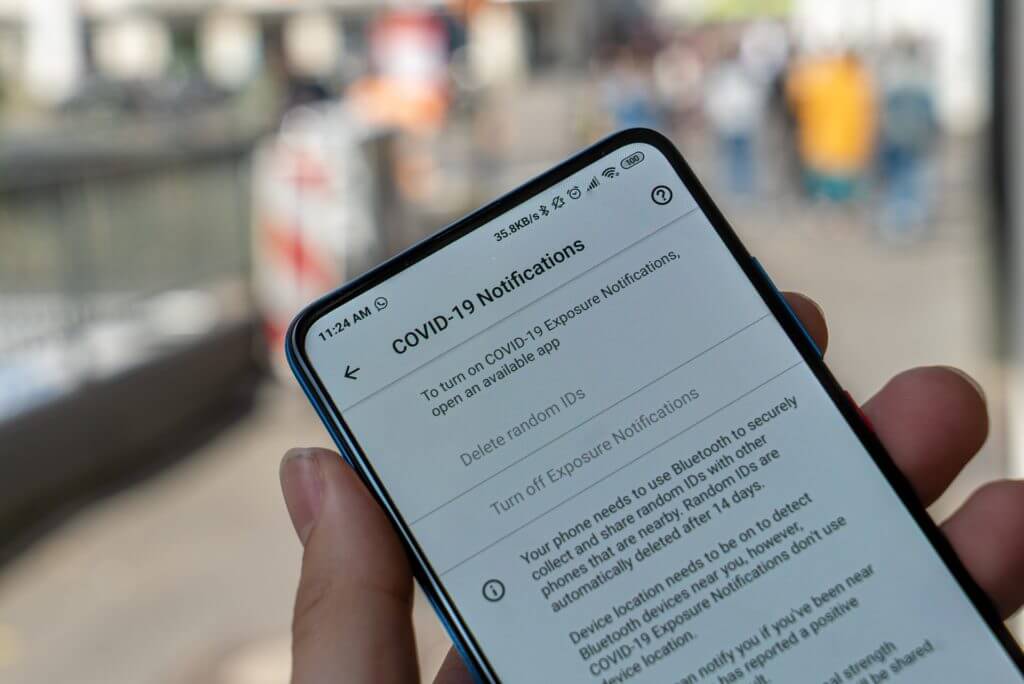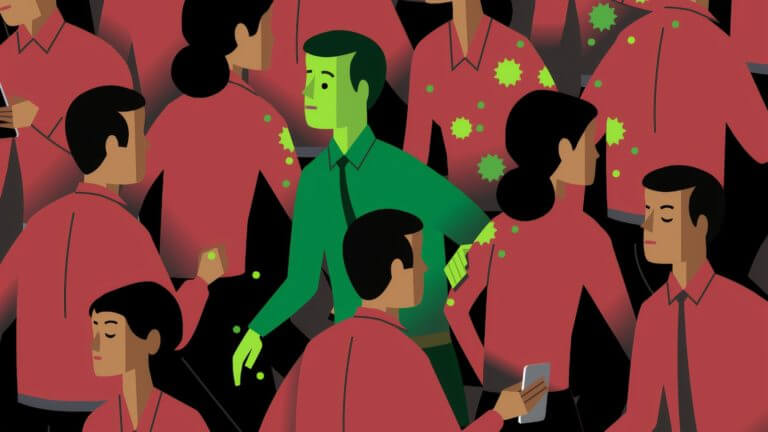When was the last time you ordered everything online before the pandemic? Who would have thought that the internet would prove so helpful during the lockdown! Imagine how much worse the situation could have been for you and me if we didn’t already have digital alternatives in place for most essential activities like banking, purchasing, etc .
The pandemic has resulted in the unprecedented adoption of technology aids in almost all fields to facilitate the smooth functioning of your businesses while following social distancing guidelines. Let us look at a few areas where a radical adoption has been brought on by the pandemic.
Rethinking Points of Contact
With most economies coming out of lockdowns, businesses everywhere are brainstorming ways to ensure minimum personal contact. You may have noticed the small changes like foot-operated hand sanitizer dispensers in most factories and offices. Apart from that companies like Meta Touch are creating innovative solutions like the touchless elevators.
You can get the first-hand experience of this technology at the Abu Dhabi Airport. It involves touchless keypad technology that allows users to control the elevators using commands like waving of hands instead of the regular button push we are used to. Sounds like a germophobe’s paradise don’t you think?
Digital Contact Tracing
Every country has deployed its own app for collecting information on exposed patients to do necessary medical surveillance in order to contain the epidemic. Digital technologies allowed the tracing to be implemented at a scale and speed that was never tested before. No wonder why people were in a dilemma regarding the adoption of these apps though!

The tracing approaches using GPS and Bluetooth signals are a violation of privacy, but they were a huge help in curbing the spread. The technology still needs refining in terms of adoption. There are many limitations like smartphone ownership, user trust, usability, etc. that need to be taken into account as well. But you can bet that once these barriers are overcome, the apps are poised to facilitate better disease control if a second wave occurs.
Informing the community in the age of social media
Do you remember that time back in January, when you dismissed the social media post on a disease that was wreaking havoc in China? We are all guilty of not taking it seriously then.
Many governments and medical organisations have realised the importance of establishing protocols for informing the public about a pandemic. Fake news and home-made cures circulating on social media have caused more harm than ever when coupled with public anxiety and unawareness.
Dashboards reporting the actual infection and death rates had to be whipped up to convey the real picture to the citizens. Presently every country has an official dashboard that can be drilled down to the locality level to understand the latest statistics.
Smart uses for smart technology
Remember the magic mirror from Snow White that can answer any query? Well, Pinktech Design has come up with a health mirror which is even better. It is called the ‘Miaza mirror’ and can guide you through the step-by-step instructions based on WHO protocol for handwashing. This can essentially increase compliance when used in public restrooms, malls, etc where minimal control can be exercised.
If you are a fitness enthusiast who has been locked up for months due to the pandemic, there are a gazillion ways now to stay fit online. Fitness apps have adapted to the lockdown by launching live workout sessions that users can attend using their phones. So you know where to go if you are getting restless from lack of exercise and movement.
EdTech – nurturing a generation of online learners
The COVID-19 crisis has left more than 1.5 billion children out of school with more than 85% of countries mandating school closures. EdTech has evolved quickly to meet the large-scale demand for remote learning in 2020.
The World Bank knowledge pack for low resource countries even suggests foraying into Education TV and Radio to reach the masses, especially in countries with low internet penetration (below 50%). Over 30 countries including India have deployed some form of Interactive Radio Instruction for lower primary students.

There is an increasing trend of high utilization of apps like Zoom, Google Classroom, Google Meet, and Microsoft teams to hold lectures and facilitate learning by schools and universities alike. But I guess it isn’t quite as fun as dozing in a lecture hall or passing notes in a classroom, don’t you think?
Vaccines -The way forward

Scientists everywhere are inching closer to creating an effective vaccine – a solid weapon to fight the virus. Multiple vaccines are under development and hopefully, could be available in the next 12 months. Some of the notable candidates in clinical trials include the viral vector vaccines from the University of Oxford and CanSino Biologics.
Conclusion
You have only seen the tip of the iceberg in terms of the scientific adaptations that can be implemented to make life easier during a pandemic or even otherwise. There are many other areas where science can help us bring down the chance of spread or even prevent the spread of the disease entirely.
Nevertheless, the discovery of broad-spectrum therapeutic options that can reduce the consequences of human coronavirus infection remains a significant challenge ahead. Therefore, it is imperative that we move away from reactionary measures to develop proactive measures to fight such a viral invasion. This calls for a worldwide effort to prioritize medical research as the need of the hour for our survival.
